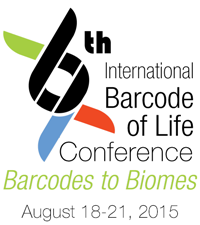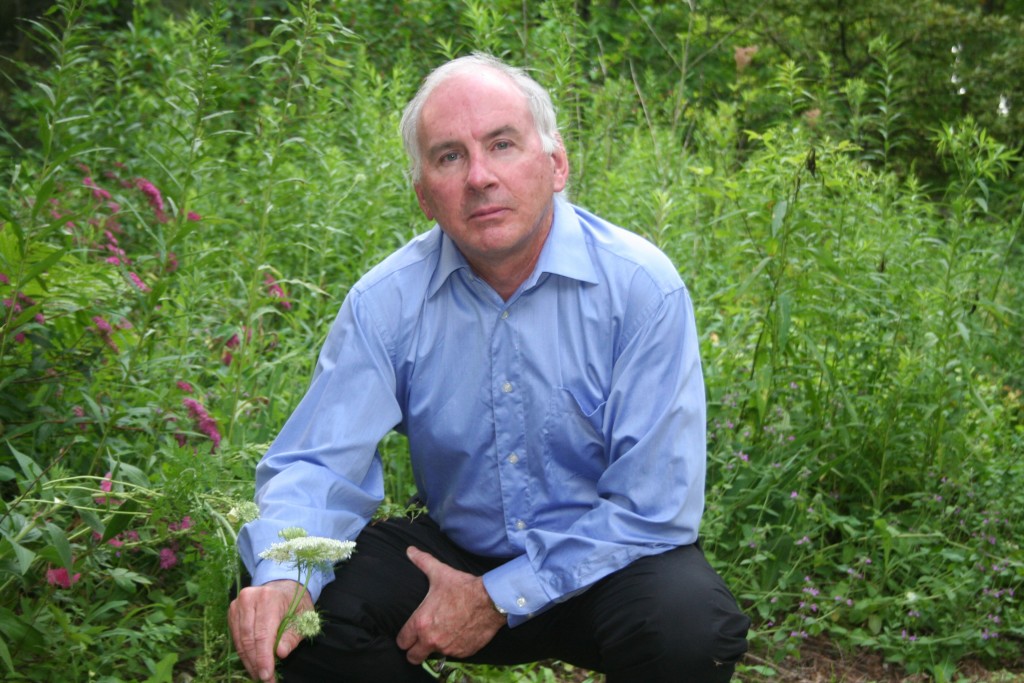Twelve years ago, University of Guelph professor Paul Hebert had a dream: to be able to take a standardized region of DNA and tell within minutes what species it came from.
And not just its name or whether the species was a plant or an animal, but everything about it: Is it endangered, is it dangerous, should it even be there or is it an invader from somewhere else?
A scientist could match any short barcode sequence against a global reference library of known species and either assign the sample to a known species or identify it as a new find.
Hebert called the technique DNA barcoding, analogous to how retail products are tagged to allow for the quick identification of millions of items.
Fast forward to 2015: DNA barcoding has become the largest research program in biodiversity science in the world.
It’s led to the discovery of hundreds of new and overlooked or misidentified species. DNA barcoding has been used to trace food contaminants, identify mislabelled food and other products and illicit goods at borders, and to track the spread of disease.
And that global reference library Hebert imagined? It now contains four million barcodes derived from more than 400,000 species, and was developed by more than 1,000 researchers in 25 countries.
There is even an iPhone app allowing anyone to identify species during a hike, at the beach or in their own backyard; a “BioBus,” a dedicated RV that treks across North America collecting specimens; and national educational programs, such as students catching bugs in malaise traps for DNA barcoding to explore insect diversity in their schoolyards.
Now Hebert is proposing a $2.5-billion expansion of the project, which he plans to unveil during the 6th International Barcode of Life Conference August 18 to 21 at U of G.
It’s the first time the event has been held in North America; more than 500 researchers from 56 countries are attending.
Previously, the conference has been held in Australia, China, Mexico, Taiwan and the United Kingdom.
Representatives will attend from the Chinese Academy of Sciences, the Smithsonian Institution, the World Wildlife Fund and the Royal Botanical Gardens, Kew, as well as from universities around the globe, including Oxford, Harvard and Edinburgh.
Braulio Ferreira De Souza Dias, executive secretary of the United Nations Convention on Biodiversity, will give opening remarks.
The conference will showcase scientific advances and socio-economic applications involving DNA barcoding, and will include discussions that could lead biodiversity into the mega-science realm. The theme is “Barcodes to Biomes.”
Some 30 keynote and plenary presentations will be delivered by researchers who have used the technique to make key scientific discoveries, said Bob Hanner, a member of the organizing committee.
A professor in U of G’s Department of Integrative Biology and the Biodiversity Institute of Ontario (BIO), Hanner uses DNA barcoding to detect food fraud and pests that threaten agricultural bio-security.
There will also be a special plenary session Aug. 19 at the River Run Centre. International researchers will provide a status report on biodiversity at regional and global scales.
“This conference is a fabulous opportunity for us to highlight our resources and further our global reputation in this emerging field,” Hanner said.
And the event is being held where it all began — at the University of Guelph.
Guelph is now home to BIO, the global headquarters for discovering, identifying and cataloguing species worldwide using DNA barcoding technology. More than 100 scientists, technicians and informaticians and 30 graduate students work here.
BIO is also the home to the secretariat for the International Barcode of Life (iBOL) project, and to the Barcode of Life Datasystems (BOLD), the informatics platform for the global DNA barcode research community.
“The iBOL project is the largest biodiversity genomics initiative ever undertaken,” Hebert said.
“From every part of the world, researchers have signed on to help in the construction of a digital identification system for life on Earth. We are now developing plans to extend its scope into a 20-year, $2-billion project that will register all life on our planet.”
Project researchers will also work with the UN to protect and enhance biodiversity nationally and internationally, Hebert said.
“Biodiversity scientists are using DNA technology to reveal the diversity of life, and to improve the protection of threatened species, while safeguarding public health and provoking policy changes.”
